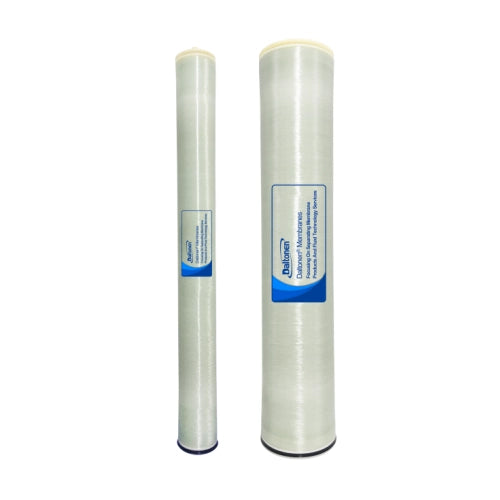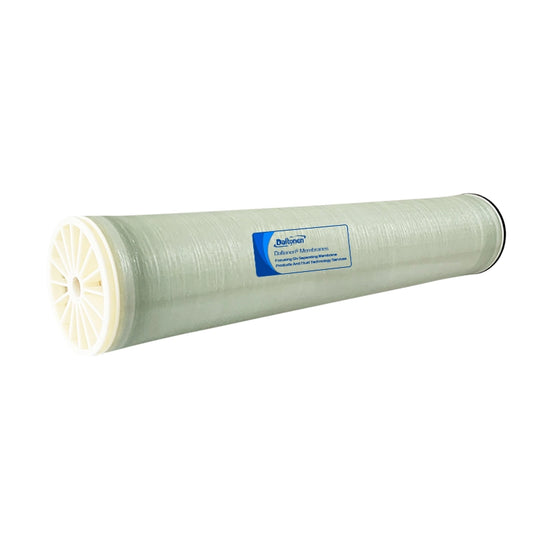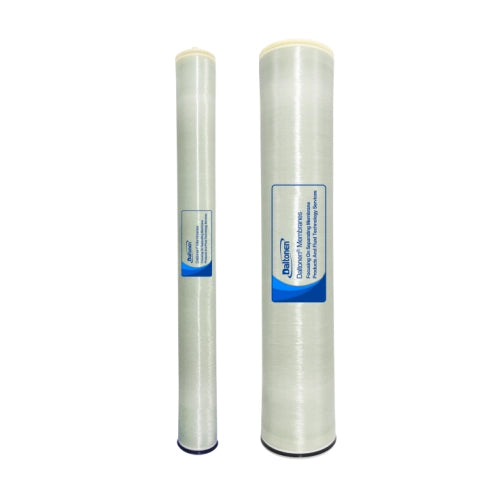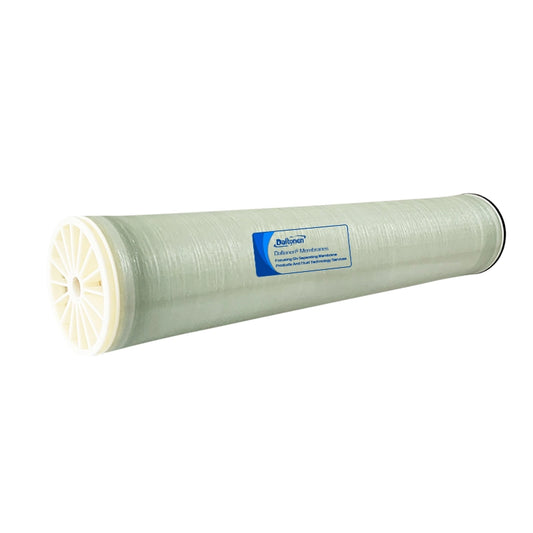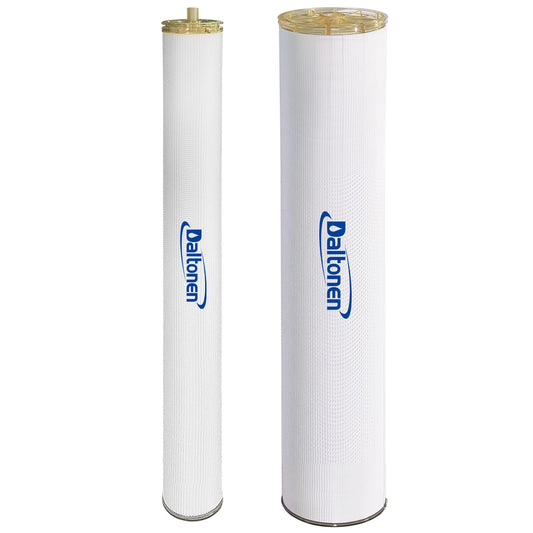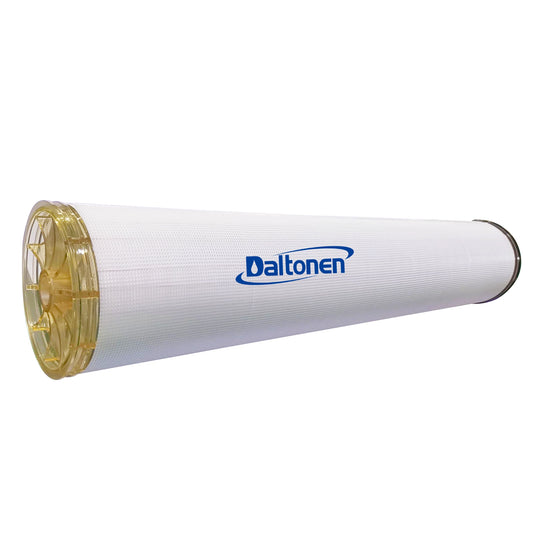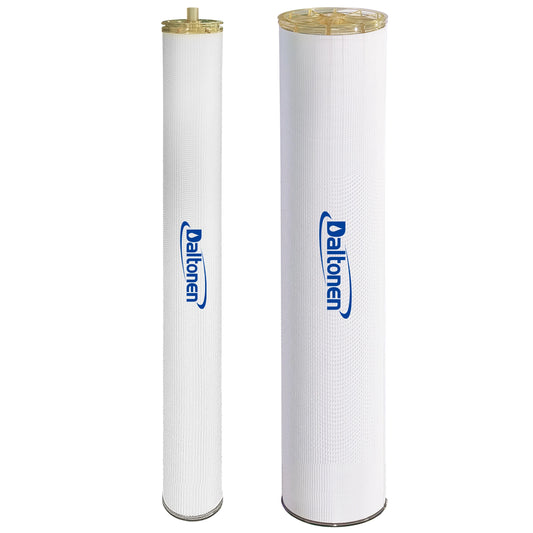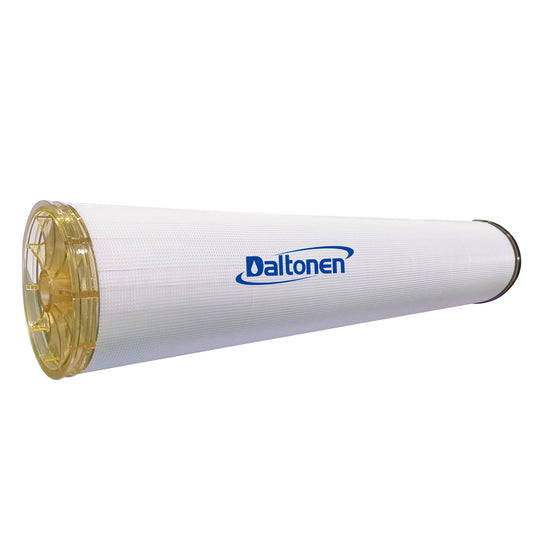Application of Reverse Osmosis Membrane Technology in Petroleum Extraction
Introduction
Petroleum extraction, a cornerstone of global energy supply, involves significant water consumption and complex water treatment challenges. As conventional oil and gas resources diminish, the scale of unconventional resource (e.g., shale oil, heavy oil) recovery is expanding, imposing higher demands on water resource management and water quality. Reverse Osmosis (RO) membrane technology, as an efficient water treatment solution, is increasingly applied within the petroleum extraction sector, becoming a critical technology for achieving sustainable water resource utilization and environmental compliance.

1. Water Resource Challenges and Technological Needs in Petroleum Extraction
-
Water-Intensive Processes
-
Water Flooding: To enhance oil recovery, oilfields commonly employ water flooding techniques, requiring large volumes of high-quality injection water (low suspended solids, low hardness, low oil content).
-
Heavy Oil Recovery: Steam-Assisted Gravity Drainage (SAGD) requires large volumes of high-temperature, high-pressure steam, demanding very high purity boiler feedwater (low hardness, low silica).
-
Fracturing Fluid Preparation: In shale oil and gas extraction, fracturing fluids require low-salinity water to maintain additive efficacy and fracture conductivity.
-
-
Produced Water Treatment Pressure
-
Produced Water Management: Oilfield produced water typically contains high salinity (TDS can reach 100,000 mg/L), oils, suspended solids, and chemical additives, necessitating advanced treatment for disposal or reuse.
-
Environmental Regulations: Increasingly stringent environmental regulations mandate produced water reuse or near-zero liquid discharge (ZLD), driving the adoption of efficient desalination technologies.
-
2. Core Application Scenarios of RO Membrane Technology in Petroleum Extraction
-
Boiler Feedwater Preparation: Ensuring Steam Quality for Heavy Oil Recovery
-
Technical Requirement: Steam generators require feedwater with hardness <1 mg/L and SiO₂ <50 ppb to prevent scaling and corrosion.
-
RO Solution: Utilizes seawater-grade RO membranes as pretreatment, combined with ion exchange or EDI to produce ultra-pure water.
-
Case Study: Alberta Oil Sands Project, Canada
-
Challenge: Heavy oil recovery requires vast steam volumes; source water is high-hardness surface water.
-
Solution: Implementation of a "Multi-Media Filtration + Ultrafiltration + RO + Mixed Bed Ion Exchange" process.
-
Outcome: RO system achieved >99.5% salt rejection, product water hardness <0.1 mg/L, significantly reducing boiler scaling risk and increasing steam generator efficiency by 15%.
-
-
-
Produced Water Reuse: Enabling Water Recycling and Near-Zero Liquid Discharge
-
Technical Challenge: Produced water's high oil, salt, and hardness content promotes membrane fouling and scaling.
-
RO Solution: Pre-treatment with "Induced Gas Flotation + Media Filtration + Ultrafiltration" removes oils and suspended solids, followed by fouling-resistant RO membranes for desalination.
-
Case Study: Nimr Oilfield, Oman Petroleum Development Company
-
Challenge: Produced water TDS ~120,000 mg/L, high traditional treatment costs.
-
Solution: Introduced "Softening + Advanced Oxidation + RO" process.
-
Outcome: RO product water TDS <500 mg/L, reused for injection, recovery rate >70%, reducing freshwater consumption by 40%, with brine further treated via evaporation ponds/crystallization.
-
-
-
Fracturing Fluid Preparation: Ensuring Efficiency in Shale Resource Development
-
Technical Requirement: Fracturing fluids require low-salinity water (TDS <1,000 mg/L) to prevent adverse interactions with formation fluids.
-
RO Solution: Brackish water RO systems treat local high-salinity groundwater for fracturing fluid preparation.
-
Case Study: Permian Basin Shale Play, USA
-
Challenge: Local groundwater TDS ~8,000 mg/L.
-
Solution: Implementation of "Antiscalant + RO" process to produce low-salinity water for fracturing.
-
Outcome: 30% reduction in freshwater use per well, 20% improvement in fracture conductivity post-fracturing.

-
-
3. Technological Challenges and Innovation Directions
-
Membrane Fouling Control
-
Challenge: Organics, oils, and colloids in produced water cause membrane fouling.
-
Innovation: Development of antifouling RO membranes (e.g., hydrophilic surface modification); hybrid Ceramic UF-RO systems leveraging ceramic membrane's thermal/chemical resistance to extend RO life.
-
-
High-Salinity Brine Management
-
Challenge: RO concentrate TDS can reach 200,000 mg/L, making traditional disposal costly.
-
Innovation: Forward Osmosis (FO) - Membrane Distillation (MD) hybrid processes utilizing waste heat for concentration, enabling salt recovery.
-
-
Energy Optimization
-
Challenge: RO energy consumption accounts for 40-60% of water treatment costs.
-
Innovation: Solar-RO hybrid systems in oilfields. Example: A Dubai oilfield using photovoltaic-powered RO reduced carbon emissions by 30%.
-
4. In-Depth Case Analysis: Produced Water Reuse Project, Khurais Oilfield, Saudi Arabia
-
Background: Khurais Oilfield produces 500,000 m³/day of produced water (TDS 85,000 mg/L). Conventional treatment failed reuse standards.
-
Technical Pathway:
-
Pretreatment: Induced Gas Flotation + Walnut Shell Filters for oil/solids removal.
-
Core Process: Seawater RO membranes (operating pressure 6.9 MPa), 45% recovery, product water TDS <400 mg/L.
-
Brine Management: Concentrate directed to evaporation ponds; crystallized salt used for road construction.
-
-
Outcomes: Achieved 100% produced water reuse, annual freshwater savings of 180 million m³, and 25% reduction in water management costs.
Conclusion
The application of Reverse Osmosis membrane technology in petroleum extraction has evolved from a supportive role to a core component of strategic water resource management. Its successful implementation in boiler feedwater preparation, produced water reuse, and fracturing fluid applications demonstrates its reliability in achieving water recycling under high-salinity, high-fouling conditions. Future advancements in antifouling membranes, hybrid systems utilizing low-carbon energy, and brine resource recovery will further enable RO technology to drive the petroleum industry towards synergistic goals of water conservation, emission reduction, and cost efficiency.
